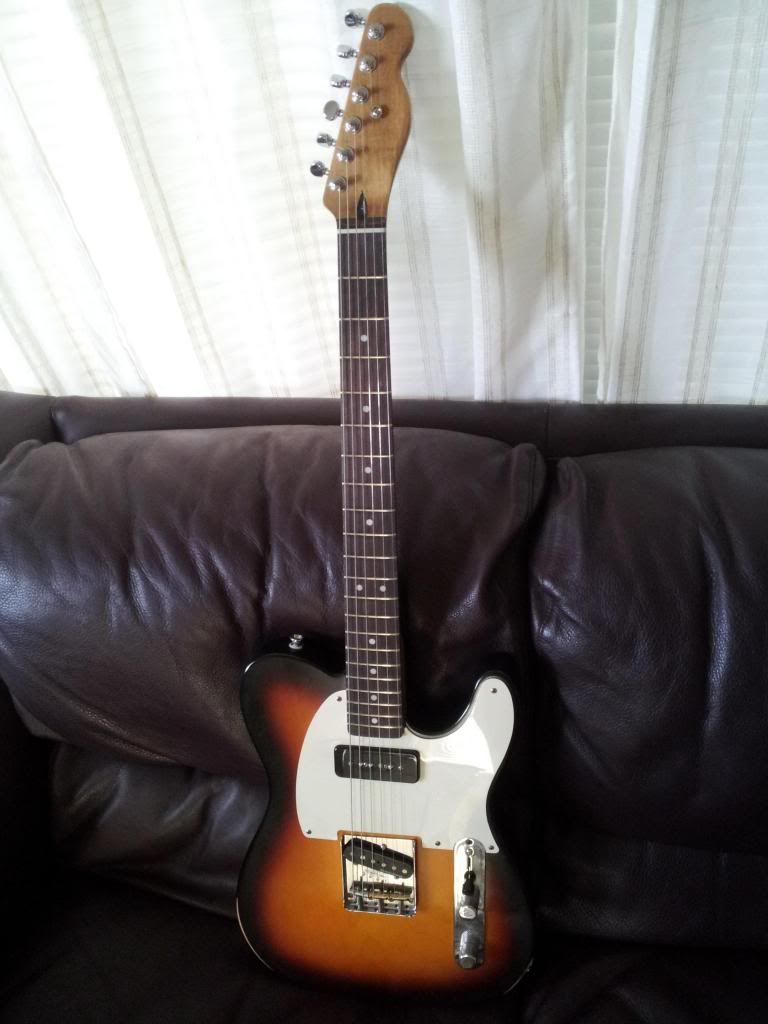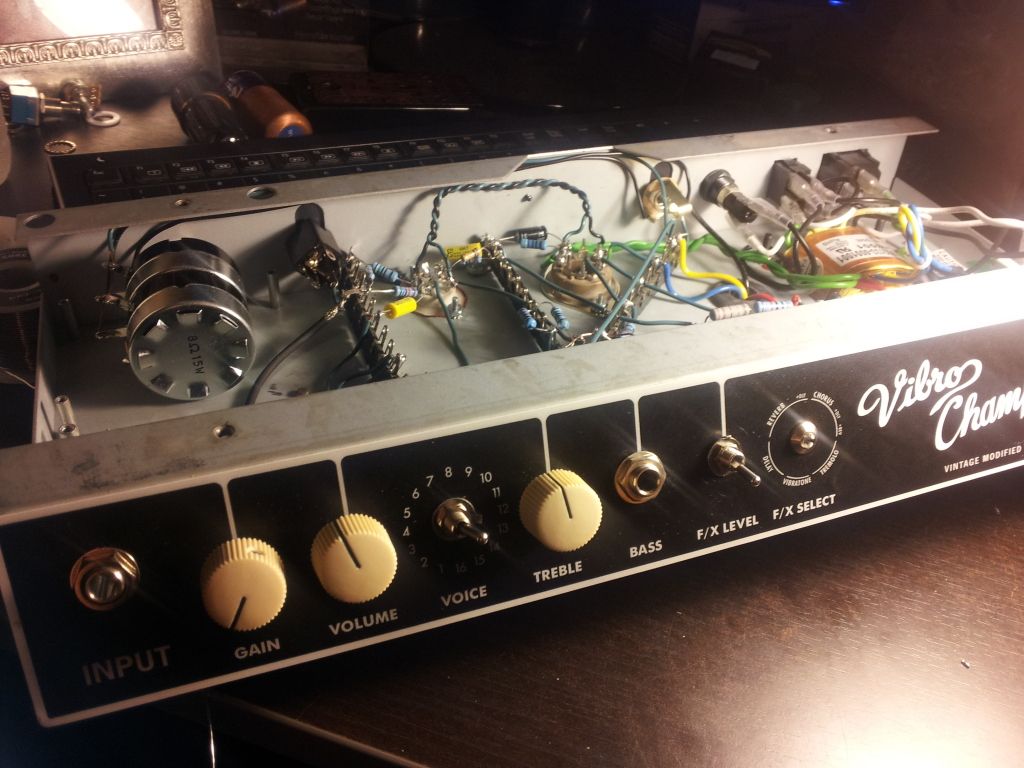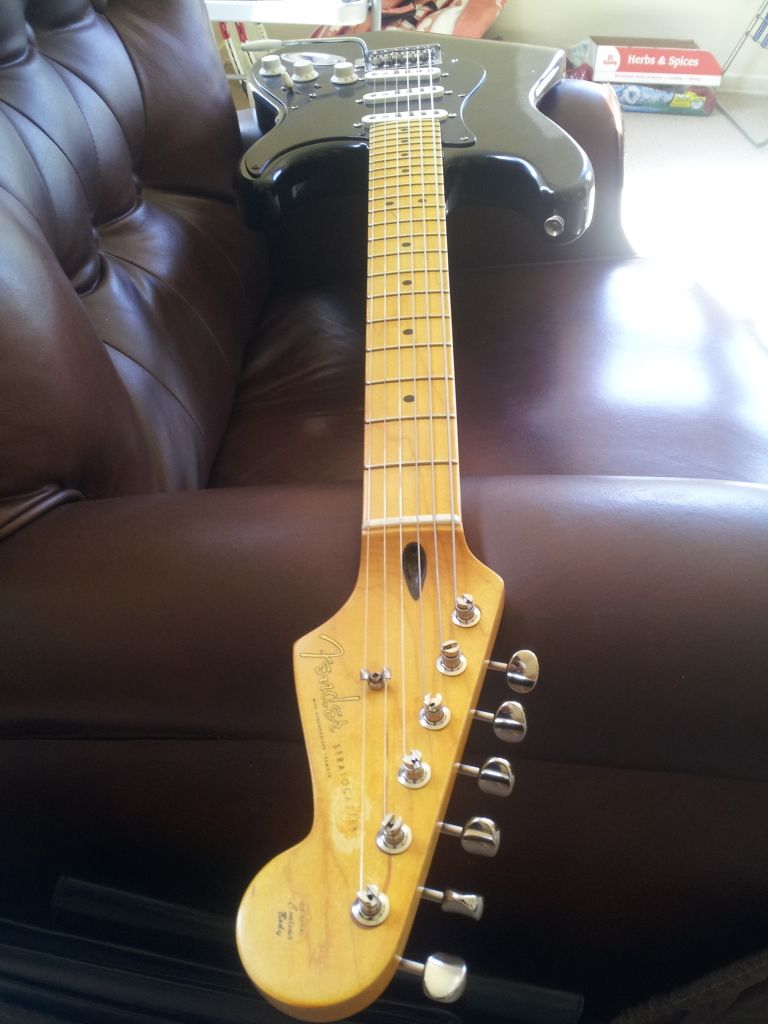
Frequency analysis is coming!
Special thanks to Rej, Kevin and Brian for making this happen. The plan is to have identical components which are swapped between the Aion Refractor, The GC Chimaera and the MB Sunking II. I will also have trimmers for the pot values and will be varying the tone and gain controls as I take frequency response plots. I will have 3 tone positions and 3 gain positions and fixed output volume. I am taking the frequency response, harmonic content (with a 440Hz sine input), input and output impedance at one value. The data will be made available here through some file sharing software. Honestly I don't expect to see a whole lot of variation and worry a little about the additional contact resistance and capacitance introduced by having so many sockets but this should be fun regardless!
I am also going to be testing a load of other overdrives. If I have time on Sunday night I may bring my Skylark and record some comparison tones between the three circuits here in the lab.


 . Wired for independent volumes. The middle position is interesting sounding; a pretty good mix between the two sounds but unlike anything I have heard.
. Wired for independent volumes. The middle position is interesting sounding; a pretty good mix between the two sounds but unlike anything I have heard. 









 Work and moving apartments has taken over my life!
Work and moving apartments has taken over my life!

 ) you can get a great sounding fuzz. Seriously a 10 degree temperature difference will make this thing sound gated and weak which made choosing transistors from one day to another difficult.
) you can get a great sounding fuzz. Seriously a 10 degree temperature difference will make this thing sound gated and weak which made choosing transistors from one day to another difficult. 










 . The guitar goes slightly out of tune toward the end (new strings), sorry!
. The guitar goes slightly out of tune toward the end (new strings), sorry! 


















